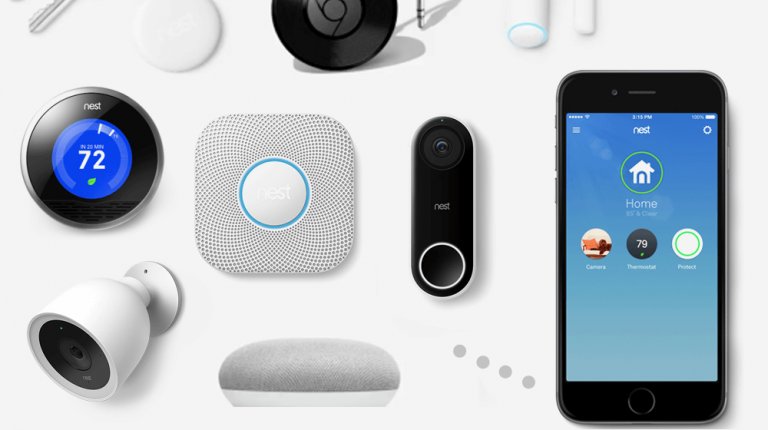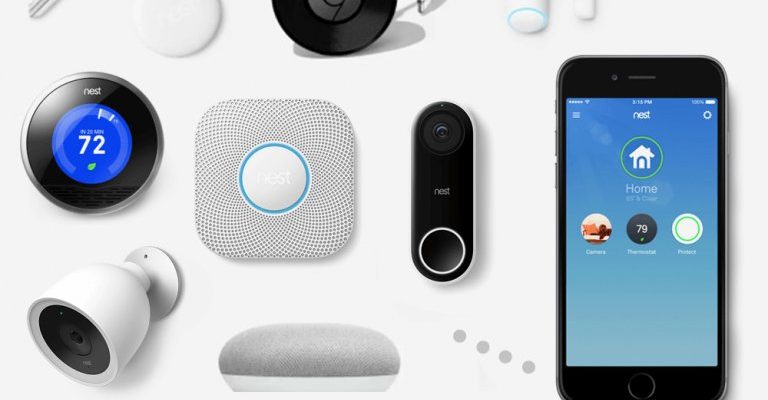
Honestly, buying an extended warranty for Nest devices can feel a bit like buying a raincoat in the desert. Do you really need it? Or is it just an extra expense for something you might never use? Let me explain the ins and outs of extended warranties for Nest devices, so you can decide if it’s a smart move or just smart marketing.
What Does an Extended Warranty Cover for Nest Devices?
Before diving into whether an extended warranty is worth it, let’s break down what it actually covers. Essentially, an extended warranty acts like a safety net after the manufacturer’s standard warranty expires. For Nest products, this typically means covering repairs or replacements if your device suddenly stops working due to hardware issues—think faulty sensors, battery problems, or software glitches that a reset or troubleshooting can’t fix.
Yet, it’s important to remember that extended warranties usually don’t cover everything. They often exclude accidental damage, theft, or loss. So if your Nest Cam takes a tumble off a shelf or someone nicks your Nest thermostat, you might be out of luck. The coverage focuses on defects and failures that aren’t your fault.
Here’s the thing: Nest devices rely heavily on their software syncing smoothly with your home Wi-Fi and other smart devices. Sometimes, what looks like a broken gadget is actually just a sync or pairing problem. Most troubleshooting steps, like resetting the device or reinstalling the app, can solve these issues—which you don’t need a warranty for.
How Long Does the Standard Warranty Last?
You might be wondering, “How long does the usual Nest warranty protect me?” It’s a fair question because the decision to buy an extended warranty depends a lot on this baseline.
Generally, Nest devices come with a 1-year limited warranty directly from Google or Nest. This covers hardware defects and failures but only during that one year. After that, any repairs or replacements typically become your responsibility.
If you think about it, the first year is when most bugs or faults tend to show up—like new cars with recalls. So if your Nest device survives the first 12 months without hiccups, it might be less likely to fail shortly after, but of course, electronics can sometimes surprise you.
Common Problems Nest Users Face
Here’s what often happens with Nest products—and it helps to know this before deciding on extended coverage.
- Battery Issues: Especially in battery-powered Nest devices like some cameras or thermostats, batteries can degrade or refuse to hold a charge after some time.
- Sync and Connectivity Problems: Devices might lose connection to Wi-Fi or fail to sync with other home automation systems, causing them to stop responding.
- Hardware Malfunctions: Sensors, screens, or motors can break down, which usually means a repair or replacement is needed.
- Software Glitches: These can often be fixed with a quick reset or update but might sometimes require technical support.
Most of these problems fall under either easy troubleshooting or hardware repair categories. This is where thinking about an extended warranty becomes tricky: do you want to risk handling those repairs yourself or pay for the peace of mind with a plan?
How Much Does an Extended Warranty for Nest Devices Cost?
Price is always part of the conversation. Extended warranties for smart home devices like Nest usually run between 10% to 20% of the product’s price. So, if you paid $200 for a Nest Thermostat, an extended warranty might cost you around $20 to $40 more.
That might not sound like a lot, but here’s the thing: if your device never breaks, that’s $40 you could have saved or put toward upgrading your smart home setup. On the other hand, if the thermostat’s screen craps out in year two, suddenly that $40 sounds like a bargain compared to buying a whole new unit.
You’ll also want to check if the extended warranty offers any perks beyond repairs—like priority technical support or free shipping for returns. These little extras can add value if you’re less tech-savvy or want smoother troubleshooting help.
DIY Troubleshooting vs. Warranty Repairs
Let’s talk about what you can do yourself. Nest devices tend to be pretty user-friendly, and a lot of common issues can be fixed with simple steps.
- Reset the Device: Sometimes, just performing a factory reset clears glitches and gets your smart home gadget back online.
- Check Battery and Power Sources: Make sure batteries are charged or outlets work, especially for devices with removable batteries or wired power.
- Update Firmware: Nest regularly pushes software updates to fix bugs and improve security. Installing them can prevent many headaches.
- Re-sync or Re-pair Devices: If your thermostat or camera isn’t talking to your phone right, unlinking and pairing again often solves it.
If troubleshooting feels like a puzzle you enjoy piecing together, you might not need the extended warranty. But if the idea of diving into code or fiddling with settings makes your head spin, having a warranty could save time and stress.
Alternatives to Buying an Extended Warranty
Here’s a little secret: an extended warranty isn’t your only option for protecting your Nest devices.
- Credit Card Protection: Some credit cards offer extended warranty or purchase protection on electronics bought with their card. Worth checking first.
- Self-Insurance: Instead of paying upfront for a warranty, you could set aside a small monthly amount as a “repair fund.” If nothing breaks, that money’s yours to save or spend elsewhere.
- Manufacturer Support and Community Forums: Google Nest has helpful customer service and active online communities where troubleshooting tips abound.
- Careful Installation and Maintenance: Prevent problems by installing devices according to instructions, keeping firmware updated, and replacing batteries regularly.
Each alternative has pros and cons, but they all give you some kind of safety net—whether financial or practical—without committing to an extra contract.
When Does an Extended Warranty Actually Make Sense?
Honestly, extended warranties often make the most sense for people who want zero hassle and quick fixes when things go wrong. If you’re not a tech DIY-er, or if your Nest devices are part of a bigger smart home ecosystem where downtime means real inconvenience, paying a bit extra might be worth it.
Also, if you live somewhere with harsh weather conditions—say extreme cold or humidity—that might shorten the lifespan of your devices, an extended warranty can feel like a reasonable safety net.
On the flip side, if you’re comfortable troubleshooting, have some patience for software quirks, and don’t mind investing a little time in fixing things, you might be better off skipping the extended warranty altogether.
Think of it like buying a service plan for your car versus fixing a flat tire yourself. If you’re the kind of person who enjoys rolling up their sleeves, you’ll probably save money by skipping the plan. But if a car breakdown sends you into panic mode, you’ll appreciate the peace of mind.
Final Thoughts: Is the Extended Warranty Worth It for Nest Smart Home Devices?
So, is an extended warranty for Nest devices worth the money? It really comes down to your comfort level with troubleshooting and how much you value convenience over cost savings. Nest devices are generally solid and backed by a 1-year manufacturer warranty, plus lots of online support for sync, reset, and pairing issues.
If you want to avoid worrying about what happens after one year and prefer to offload repair headaches, an extended warranty is a reliable safety net. But if you’re a bit tech-savvy, don’t mind a quick reset or firmware update now and then, or prefer to save that extra cash, you might find it unnecessary.
Either way, knowing what’s covered (and what’s not), how much it’ll cost, and what your own tech skills are will help you make a smart, confident call—just like setting the perfect Nest thermostat temperature for cozy vibes.
